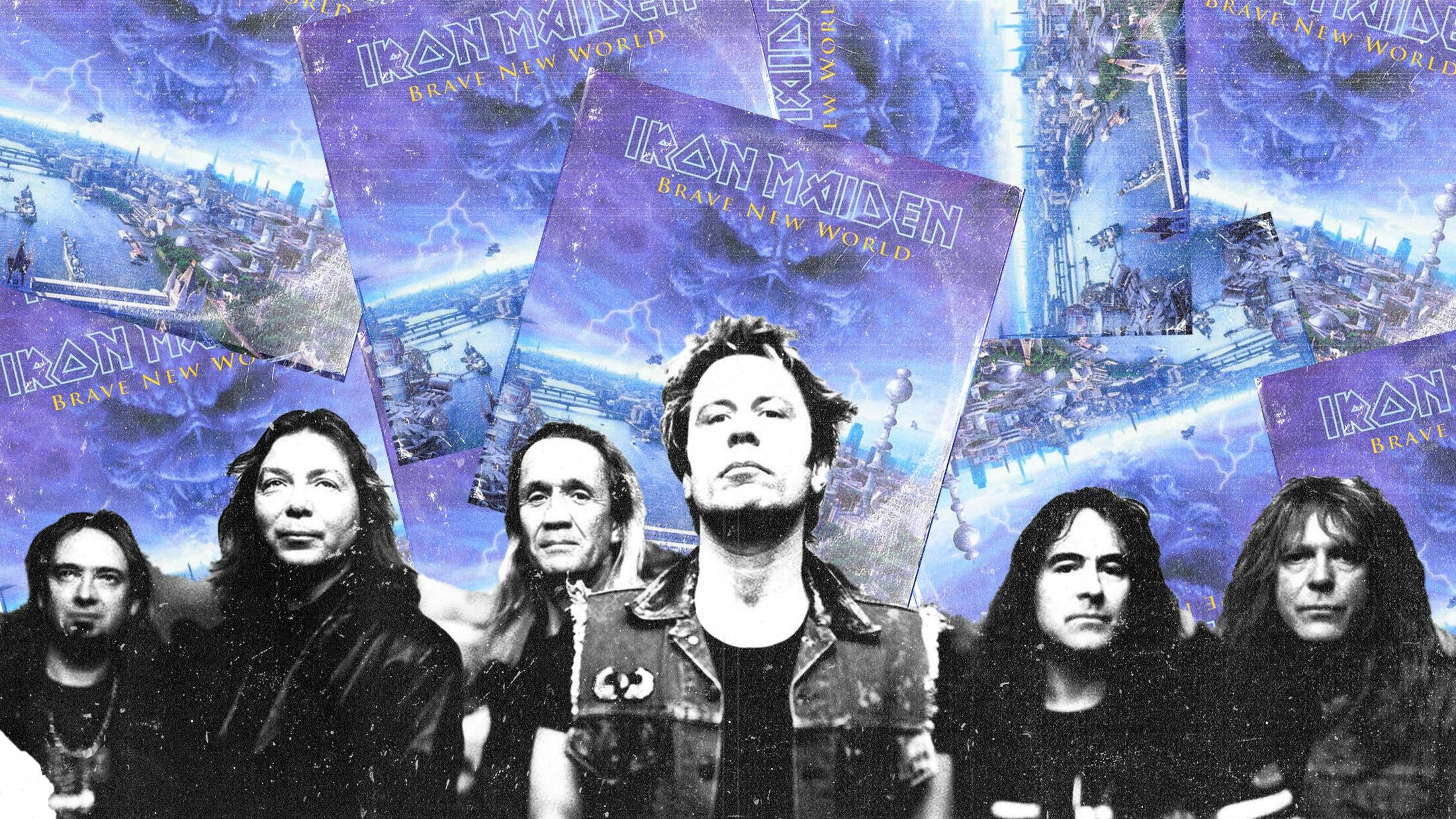Indeed. But although Metallica excepted, traditional heavy metal had been out of vogue for most of the ‘90s (Megadeth were playing London’s 1,000-capacity LA2 at one point). Yet something was changing. Nu-metal may have ruled the roost, but Deftones’ rehearsal space was proudly decorated with old Maiden tour posters, while the members of 1999’s hottest new band, Slipknot, could be seen in shirts of bands like Maiden and Venom, and Marilyn Manson was keen to praise the importance of Powerslave on a teenaged Brian Warner. The wind was changing, and it was about to blow Maiden back towards greatness.
The first public appearance for Maiden Mk4 happened in Saint John, Canada on July 11 as part of the Ed Hunter tour, taken from the band’s video game of the same name. Featuring Bruce staples such as The Trooper, Aces High and Hallowed Be Thy Name, the show didn’t want for classic Maiden. In keeping with Steve Harris’ genuine belief in the band’s more recent output, though, the inclusion of X Factor and Virtual XI cuts Man On The Edge, The Clansman and Futureal loudly backed up the band’s insistence that this was more than simply a nostalgia trip.
READ THIS: 10 of the best incarnations of Iron Maiden's Eddie
The Brave New World Tour hit the UK with no small amount of fanfare. A show at Earl’s Court, supported by Slayer and Entombed, dubbed ‘Metal 2000’ followed the album’s release on May 29, an extravaganza engineered to make the loudest noise possible that Maiden, and, indeed, heavy metal, had returned.
Word ahead of the album had left people somewhat confused – Bruce Dickinson spoke of prog, bringing to mind visions of Phil Collins and berobed Yes keyboardist Rick Wakeman, while the word “modern” sent up worrying smoke signals of Maiden gone hip-hop. When it landed, however, it was clear what they meant. Opener and lead single The Wicker Man was a verse-chorus-verse slab of classic Maiden, but elsewhere, things were even more epic than on Seventh Son. On Ghost Of The Navigator they traversed time signatures with the expertise of weathered explorers, while the title-track dived deep into a melancholic theme with both feet and a blindfold, and Blood Brothers dealt with the death of Steve Harris’ father in a manner which would forever echo around arenas whenever its classic repeat-the-title-four-times chorus was belted out.
